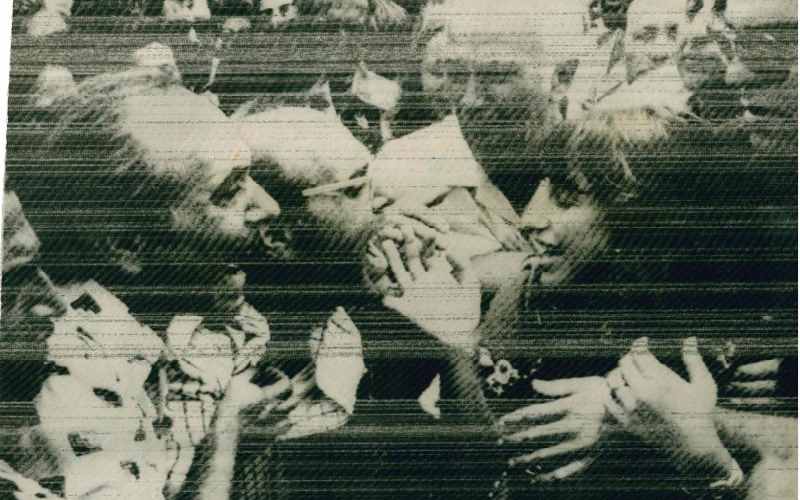×
The Standard e-Paper
Kenya's Bold Newspaper

What if the dreaded Uganda dictator, Idi Amin, was not fantasising and Kenya was just a province of his country? Remember on July 25, 1976, when he bragged that he was going to conquer Kenya and have breakfast in Naivasha? Amin may not have been a historian but he had a point when he claimed that Uganda’s territory at one time extended to Naivasha.